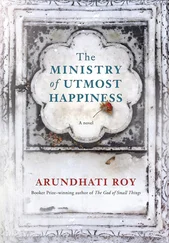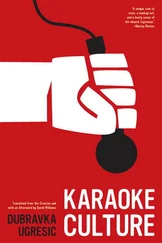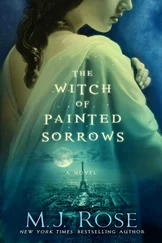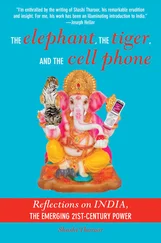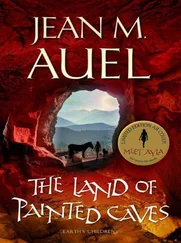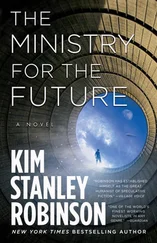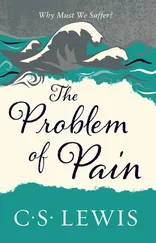3. Railway tracks were an icon of the fifties, the time of the youth shock-worker movement, international and domestic. The younger generation was assigned construction of two important stretches: Br  ko-Banovi
ko-Banovi  i (Br
i (Br  ko-Banovi
ko-Banovi  i is our aim/By summer’s end we’ll make good our claim) and šamac-Sarajevo. For a time youth brigades were a hot item in movies made for domestic consumption. The Extra Girl starring Milena Dravi
i is our aim/By summer’s end we’ll make good our claim) and šamac-Sarajevo. For a time youth brigades were a hot item in movies made for domestic consumption. The Extra Girl starring Milena Dravi  is of many.
is of many.
4. Once the tracks were built, we couldn’t get enough of the trains: we took trains on school outings; we took trains to the seaside; we took trains to the army. All trains had “JDŽ” painted on them in Latin and Cyrillic letters. Many people came into contact with foreign languages for the first time on trains: “Do not lean out of the window” was engraved on small brass plates under the windows with a translation into French, German, and Russian. It became a catchword in books and movies and had its moment in the sun in the refrain of the popular song “The White Button” (Take the train, Selma, but don’t lean out of the window….) There was a framed photograph of some Yugoslav town or tourist attraction over every seat. My favorite was Makarska-by-Biokovo because of the “by.” The tastiest sandwiches we ever ate we ate on the train. The juiciest roast chicken we ever ate we ate on the train. The most important invention of the day was the thermos bottle, the most memorable sight, engraved in the memory of millions of Yugoslavs, was the sight of the Adriatic as it emerged on the horizon after a long absence. Everyone taking the train to the Adriatic played the same game: the first one to sight the sea would cry “Waaater!” and get five dinars. Or whatever the going rate was….
5. The sixties and seventies were characterized by “ Gastarbeiter trains,” the preferred means of transport for the Yugoslav, Greek, and Turkish workforce making its way to and from the West until it began acquiring cars. The hunger in an anonymous Yugo on the train trip home comes out clearly in the Gastarbeiter ditty:
Pull your pants down, love, it’s no holds barred.
All the way from Frankfurt I’ve been hard.
6. The icon of Yugoslav consumerism of the eighties was the train to Trieste. It was a train loaded with black market goods: jeans, coffee, rice, olive oil, T-shirts, briefs, panties — you name it. The peak of the Trieste shopping spree coincided with Tito’s death. Tito died at the age of eighty-eight, and one of the ways the event was marked was by a flurry of agricultural activity: one community planted “eighty-eight roses for Comrade Tito,” another “eighty-eight birches for Comrade Tito,” and so on. Hence the Gypsy joke: A customs official on the train from Trieste asks a Gypsy, “What have you got in those sacks?” The Gypsy responds without missing a beat, “Eighty-eight Levi’s for Comrade Tito.”
7. The last Yugoslav train was “the blue train” that carried Tito’s body along the Ljubljana-Zagreb-Belgrade line to be buried in Belgrade’s House of Flowers. Hundreds of thousands of Yugoslavs flanking the tracks paid homage to “the greatest son of the Yugoslav peoples and nationalities.” And the years of Yugoslav “brotherhood and unity” were immortalized in powerful lines like:
In the railway tunnel, in the dark.
Our five-pointed red star makes its mark.
8. The breakup of Yugoslavia and the war it engendered trace their origins to the historic day when the Krajina Serbs in Croatia blocked the Zagreb — Split line with boulders and put an end to train service for several years.
9. The Zagreb — Split line was reopened several years ago. It took the train, baptized “the Freedom Train,” an entire day to make the trip, which was broadcast live on Croatian TV. The reason the Freedom Train took so long was that the Croatian prime minister got off at every whistle-stop to make a speech. Meanwhile the Serbs we chased out of the Krajina made their way to Serbia on foot, by bus or car, by tractor or horse-drawn cart, by anything but the train.
10. Last but not least, one of the best arguments that Serbian and Croatian are different languages and that the war was accordingly a historical necessity is likewise train-related, namely, that the very word for train differs in the two, the Croats calling it vlak , the Serbs voz .
IGOR: HORROR AND HORTICULTURE
(Comments on Yugoslav poetry by my friend Mikac after looking through the New Anthology of Yugoslav Poetry [Zagreb, 1966] I lent him)
They’re all there: Serbs, Croats, Macedonians, Slovenes. There aren’t any Bosniosi or Montenegrins or, rather, there are, but they don’t have their own sections. The biggest eye-opener for me was reading the Slovenes in Slovenian and the Macedonians in Macedonian. Sans translation.
Okay, I said to myself, let’s see what the old folks at home were reading before you were a twinkle in their eye. So out comes the calculator — you know, like in the marketplace, Dolac, say: What are your eggs going for today, love? — and do the arithmetic. Out of the 173 poets in the anthology, 56 are Serb, 62 Croat, 40 Slovene, and 16 Macedonian. Okay. Cool. So then I count up the females. The Serbs have 1, the Croats 3, the Slovenes 2. That makes 167 guys and 6 gals. And of those 6, 1 was so browbeaten she wrote under a male pseudonym. Another thing I picked up along the way is that our poets are so name-conscious they prefer three to two, like those partisan heroes they name schools after, so you see a name like Jure Frani  evi
evi  -Plo
-Plo  ar or Milenko Brkovi
ar or Milenko Brkovi  Crni and you can’t tell who is the man of the pen and who the man of the sword. The same holds for the current crop of wannabe Nazis: they’re heavy into triple names, too. They really get off on them, the longer the better. Which makes me wonder if they’re not trying to make up for an anatomical defect, you know, down where a centimeter or two can make a world of difference. Oh, and something else. Our poets have a thing about dedicating poems to one another. Know what I mean? Like one guy chatting up another. Need I say more?
Crni and you can’t tell who is the man of the pen and who the man of the sword. The same holds for the current crop of wannabe Nazis: they’re heavy into triple names, too. They really get off on them, the longer the better. Which makes me wonder if they’re not trying to make up for an anatomical defect, you know, down where a centimeter or two can make a world of difference. Oh, and something else. Our poets have a thing about dedicating poems to one another. Know what I mean? Like one guy chatting up another. Need I say more?
Anyway, on we go. And surprise, surprise! Circa fifty percent of their output is about mama or the mamaland. Which kind of turns mamaland into mama. And vice versa. Whereupon they boo-hoo-hoo over both. Fucking unreadable, let me tell you. Oh, and then circa ten percent is made up of these horror stories, I mean literally, graves and tombs and that shit. Man, it really traumatized me. I mean, our poets are a bunch of fucking ghouls, always digging up some enemy or other. One of them marks out his territory (“This is the ground where my dead are sown”) and then picks up his shovel (“I summon you, my shades”). You fucking body snatcher, I think. You’d put the fear of God into Stephen King, you would. And just as I’m getting over it, what do I see but
Читать дальше
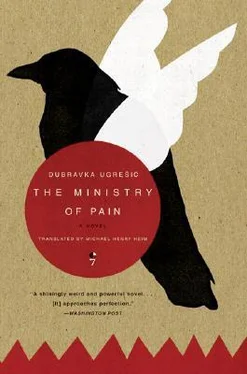
 ko-Banovi
ko-Banovi  evi
evi 